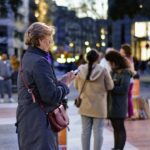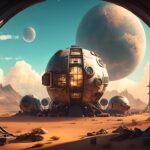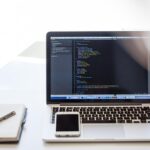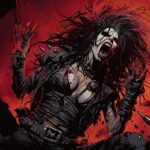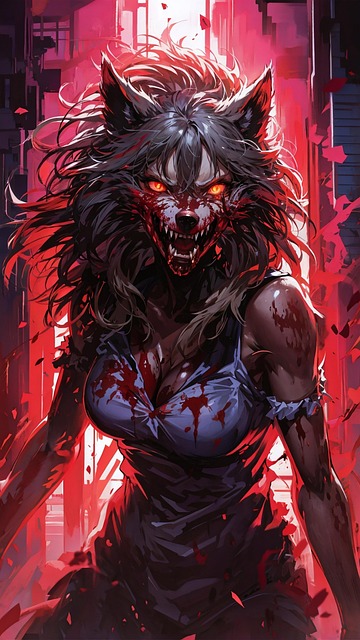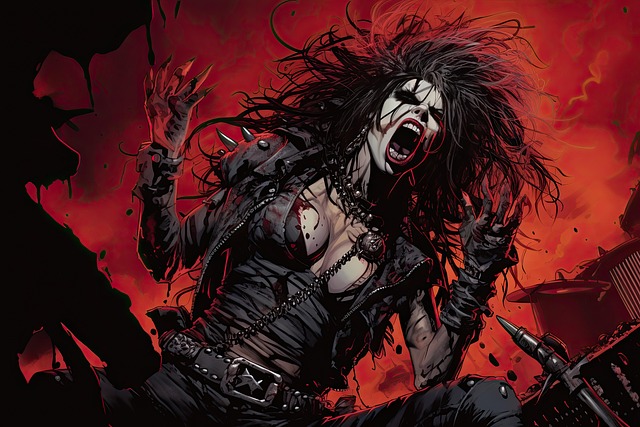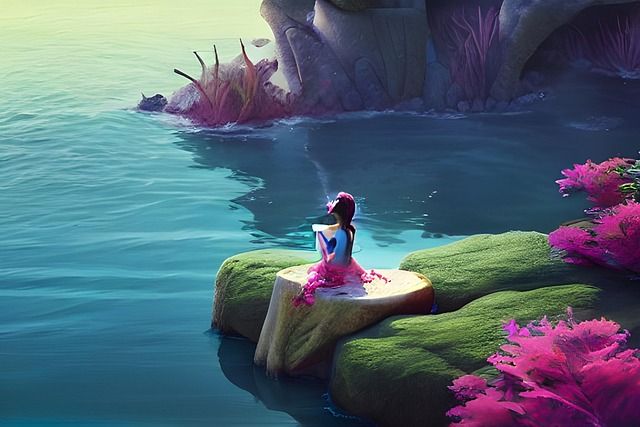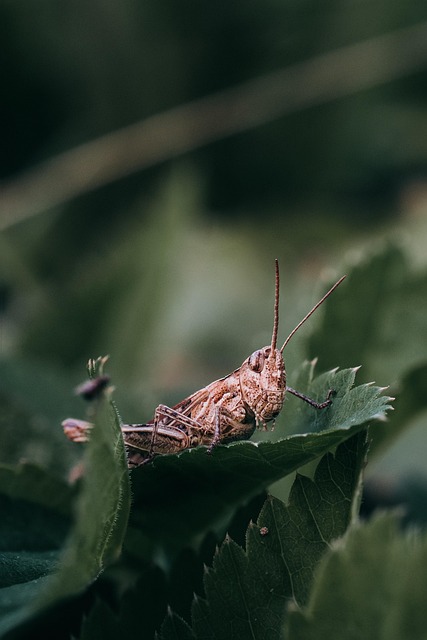# Unleashing Artistic Potential: The Best AI Tools to Enhance Your Artistic Practice and Workflow
In the rapidly evolving landscape of visual and digital art, artificial intelligence (AI) is emerging as a transformative force. Artists and creative professionals are increasingly leveraging AI tools to enhance their workflows, generate innovative concepts, and explore new artistic possibilities. In this article, we will delve into some of the best AI tools for artists, including DALL·E, Midjourney, Stable Diffusion, Runway ML, and Adobe Firefly. We will explore how these generative art tools are reshaping the creative process and providing a fresh perspective on artistic expression.
## The Rise of AI in Art
AI tools for artists are not just a passing trend; they represent a significant shift in how art is created and consumed. By automating certain tasks and providing new ways to visualize ideas, these tools allow artists to focus on the more nuanced aspects of their craft. From digital illustration to concept art and video generation, AI is redefining the boundaries of creativity.
### Key AI Tools Reshaping Artistic Practice
#### 1. DALL·E
Developed by OpenAI, DALL·E is an AI model that generates images from textual descriptions. This AI digital art generator can create unique visuals based on simple prompts, allowing artists to quickly visualize concepts that would otherwise require extensive manual effort.
**How It Works:**
– Users input a descriptive phrase, and DALL·E generates corresponding images.
– The model can combine various elements creatively, producing unexpected results.
**Real-World Application:**
– An illustrator might use DALL·E to generate a series of character designs based on a written narrative. This not only speeds up the brainstorming process but also provides a diverse array of visual options to choose from.
#### 2. Midjourney
Midjourney is another powerful AI tool that excels in generating high-quality images from text prompts. It operates through a Discord server, where artists can interact with the AI and refine their requests in real time.
**Key Features:**
– Community-driven, allowing users to share and learn from each other.
– Offers a variety of styles and interpretations based on user inputs.
**Example Use Case:**
– A concept artist might use Midjourney to create landscapes for a video game. By inputting different environmental descriptions, they can explore various artistic styles and settings, enhancing their creative output.
#### 3. Stable Diffusion
Stable Diffusion is an open-source AI model that generates images from text prompts, similar to DALL·E and Midjourney. Its open-source nature allows for customization and integration into various workflows, making it a favorite among tech-savvy artists.
**Advantages:**
– Highly customizable, enabling artists to fine-tune the model for specific projects.
– Can be run locally, providing artists with more control over their creative process.
**Application Example:**
– A digital artist may use Stable Diffusion to create artwork for a graphic novel. By integrating the model into their workflow, they can generate illustrations that align closely with their vision while saving time on initial drafts.
#### 4. Runway ML
Runway ML is a versatile platform that combines AI tools for creatives, offering everything from video generation to image editing. It empowers artists to experiment with machine learning models without needing extensive technical knowledge.
**Core Features:**
– Video editing capabilities that leverage AI for tasks like object removal and style transfer.
– Collaboration tools that allow teams to work together seamlessly.
**Practical Use:**
– A filmmaker could employ Runway ML to enhance their editing process, using AI to automate tedious tasks like color correction and scene transitions, thus allowing them to focus on storytelling.
#### 5. Adobe Firefly
As part of Adobe’s suite of creative tools, Firefly harnesses the power of AI to assist with design work. It integrates seamlessly with popular Adobe applications, providing artists with generative capabilities directly within their existing workflows.
**Key Benefits:**
– Offers templates and design suggestions based on user input.
– Allows for quick iterations and experimentation, streamlining the design process.
**Example in Action:**
– A graphic designer may utilize Adobe Firefly to generate variations of a logo design. By inputting different styles and color schemes, they can quickly assess multiple options, speeding up the decision-making process.
## How AI Tools Enhance Artistic Workflows
The integration of AI tools into artistic practices offers several advantages:
– **Increased Efficiency:** AI tools can automate repetitive tasks, allowing artists to focus on the creative aspects of their work.
– **Enhanced Creativity:** By generating unexpected visuals, AI can inspire artists and push them to explore new ideas.
– **Collaboration Opportunities:** Many AI tools encourage sharing and community engagement, fostering collaboration among artists.
### Tips for Integrating AI into Your Artistic Practice
1. **Experiment Freely:** Don’t be afraid to explore different prompts and styles. The more you experiment, the more you’ll discover what works for you.
2. **Combine AI with Traditional Techniques:** Use AI-generated images as a starting point, then refine them using your skills and techniques.
3. **Stay Updated:** The field of AI is constantly evolving. Follow industry news and updates to stay informed about new tools and features.
## Conclusion: The Future of AI in Creative Fields
The future of AI in the realm of visual and digital art is bright. As technology continues to advance, we can expect even more sophisticated AI tools that will further enhance creativity and streamline workflows. Artists who embrace these generative art tools will not only find new avenues for expression but also redefine what it means to be a creator in the digital age.
As we continue to explore the intersection of technology and creativity, one thing is clear: AI is not here to replace artists but to empower them, enabling a new era of artistic potential. Embrace these tools, experiment with their capabilities, and watch as your artistic practice transforms in exciting ways.
Whether you’re a seasoned professional or an aspiring artist, integrating AI tools into your workflow can open up a world of possibilities, making your creative journey more dynamic and fulfilling.

